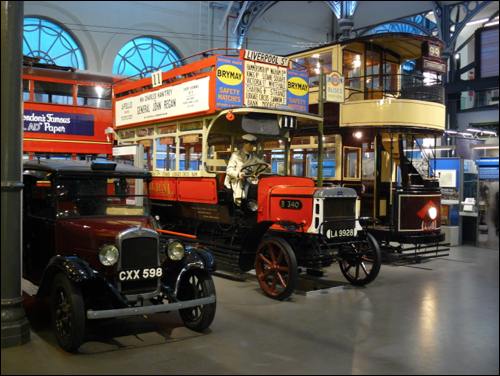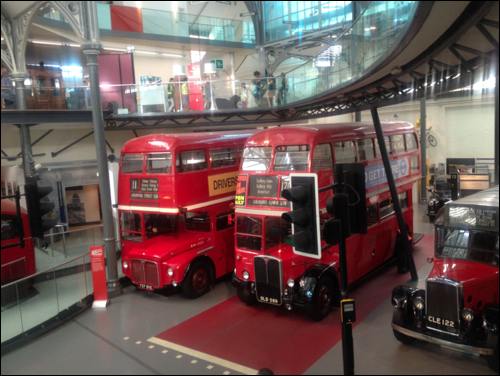In the pantheon of beloved British children’s television, few things bring back such vivid memories as the ramshackle haven of mischief and invention featured in BBC1’s “Here Come the Double Deckers!” The 1970 series, with its kaleidoscopic aesthetic and unbridled energy, showed viewers perhaps the ultimate childhood fantasy: an abandoned double-decker bus transformed into a secret clubhouse of unparalleled creativity and charm. For those wanting to bring a bit of this British whimsy into their garden, a faithful recreation materials and the willingness to embrace the show’s delightfully haphazard spirit.
The Original Sanctuary: Anatomy of a Double Deckers Den
The hideout was, of course, the hollowed shell of an iconic London bus, its famous red exterior weathered to a cheerful patina. Inside, the space had been repurposed with all sorts of salvaged treasures and homemade contraptions. The lower deck was the main gathering space, decorated with mismatched furniture – mostly wooden crates and barrels used as seating. Walls were covered with street signs, maps, and strange gadgets. The defining features included:
- The “Tiger’s Head” entry alarm – a mechanical guard that announced visitors
- A periscope made from tin cans and mirrors, sticking out through the roof
- A network of speaking tubes
- A trap door with a slide connecting the upper and lower decks
- A quirky “lift” system built from pulleys, rope, and an old bath
The clubhouse mixed practical and fantastical elements with its mishmash look somehow appearing both chaotic and curiously intentional.
Recreating the Hideout: A Modern Take
Why do we love vintage so much? Maybe it’s the same nostalgic impulse that makes us want to recreate these charming relics of television history—a desire to connect with a more hands-on, playful era of design and imagination.
The Framework
You don’t need to buy a real Routemaster bus to start this project (though dedicated fans might consider an old garden shed or playhouse as the base structure). Start with a rectangular wooden frame, about 8′ x 16′ for the ground floor, with a smaller upper level to create the classic double-decker shape.
For an authentic look, cover the exterior with corrugated metal painted in the classic London Transport red (Farrow & Ball’s ‘Rectory Red’ offers a suitably nostalgic shade). Windows should be uneven and mismatched—charity shops have good porthole-like frames that can be installed at jaunty angles. A better colour matching sealant process is important when joining these different parts, ensuring it lasts while keeping the deliberate jumble of the original hideout’s aesthetic.
Interior Elements & Gadgets
The inside needs a carefully chosen mix of vintage items. Focus on:
- Salvaged control panels (old radios and telephones can be mounted on walls)
- A collection of old-fashioned marine lamps and hurricane lanterns for mood lighting
- Mechanical devices made from household objects—the periscope can be created from PVC piping and small mirrors
- Speaking tubes created from flexible hosing, painted in bright colours
- A rope-and-pulley system for the “lift” (a small platform sufficient for transporting treasures between levels)
The slide connecting upper and lower decks is perhaps the most challenging part. Build this from curved plywood sheets, sanded down and polished with beeswax.
For authentic finishing touches, visit jumble sales and salvage yards for vintage advertising signs, broken gadgets, and nautical paraphernalia. Mismatched cushions in psychedelic patterns complete the authentic 1970s look and feel.
Capturing the Magic: Your Double Deckers Hideaway
Once your Double Deckers-inspired clubhouse is complete, it’s time to immortalise your creation and the joy it brings. Creative photography techniques are key to preserving these special moments and making family memories last. Try capturing your kids’ excitement as they explore their new hideout or snap some shots of the whole family working together to add finishing touches. Don’t forget to get down to your children’s eye level for some truly magical perspectives.
This DIY project is more than just a backyard renovation – it’s a journey into the heart of childhood imagination. Your Double Deckers hideaway will become a hub of adventure, a stage for countless play scenarios, and a cosy nook for quiet moments. As your children grow, this special place will evolve with them, perhaps becoming a homework haven or a teenage retreat.
In the end, whether your creation is a simple cardboard box or an elaborate two-story structure, what matters most is the love and creativity poured into it. This hideaway isn’t just a tribute to a beloved TV show – it’s a celebration of family bonding, DIY spirit, and the timeless magic of play. So, grab that secret password, and let the adventures begin!





